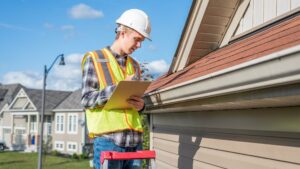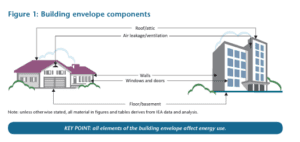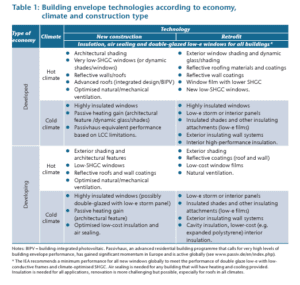When you buy a house you typically request a third party inspection. An inspection is necessary to evaluate the condition of your home. However, as previously noted in blog You have just renovated your house, but will it fetch the return? It is all about location. Inspections do not include certain hazards. The inspection gives an overview of the major systems of the house. They may note there is evidence of termites but the extent of the pest problem which needs a licensed inspector. Before contracting an inspector, give yourself an inspection. We will break it down over the next couple of blogs what to looks for and expect from a home inspection. Starting with the exterior inspection.
What should you expect in an inspection and how to give yourself a home inspection?

Step 1.) The exterior. Otherwise known as, the building envelope accounts for the building shell, the boundary between the conditioned interior and the outside elements. The energy efficiency and performance heavily relies on a sturdy building envelope. “The building envelope’s impact on energy consumption should not be underestimated: globally, space heating and cooling account for over one-third of all energy consumed in buildings, rising to as much as 50% in cold climates and over 60% in the residential sub-sector in cold climate countries.” (Technology Roadmap, Energy Efficient Building Envelopes).

The inspector is taking a visual observation beyond just the building envelope is looking at the garage and or carports, foundation, the driveway, the landscaping: grading and drainage and most importantly back to the building envelope the roof. For a standard 3-tab asphalt shingle roof it should be noted that they have a lifespan of 25 years. Inspectors want to ask:
- Is the roof straight or sagging?
- Is the integrity of the roof intact?
- Is the flashing around the vents, skylights and chimney seals intact?
- Is there moss growing on the roof? This is a sign of trouble because moss traps moisture.
- Are there any indications of shingles rotting, warping or breaking?
- Is the roof sturdily connected to the roof?
- If there is a chimney: are there any cracks or broken bricks?
- Is there any missing mortar?
- With the exterior of the house, do the gutters and downspouts have any leaks?
- Is the water diverted away from the house or does it leak back in?
- Are there any decks or porches with missing planks, uneven slopes?
- Are there any safety concerns from unlevel surfaces?
- Windows and doors are to be checked for a proper envelope seal. The inspector should make note of proper waterproofing features such as flashing.

The exterior of the building otherwise known as the building envelope should be inspected to ensure the home is protected from the elements. It should keep warm or cold air indoors. When the building envelope is compromised it will directly impact the interior. Issues that arrives from a faulty building envelope include:
- Staining of interior walls and ceilings
- Water damaged insulation
- Peeling of wallpaper
- Stains and directs along window tracks
- Mold
- AC units are stained
All of the above mentioned are indications that your building envelope is not fit. Possible solutions to address the issue might include replacing insulation, reconstructing walls and re doing the masonry work or you might be looking to replace the steel joints that have started to rust. There are several actions you can take to prepare for a building.
